Intro
Heal burns quickly with effective remedies, treating burn wounds, and promoting skin regeneration, using natural burn care and burn injury treatments.
Burns can be extremely painful and may take a significant amount of time to heal if not treated properly. The healing process for burns can be slow and frustrating, but there are several methods that can help to speed up the recovery time. It's essential to understand the different types of burns, their severity, and the most effective treatment options available. By taking the right approach, individuals can reduce the risk of infection, promote healthy skin growth, and minimize scarring.
Burns are classified into three main categories: first-degree, second-degree, and third-degree. First-degree burns are the mildest and only affect the outermost layer of skin, causing redness, swelling, and pain. Second-degree burns, also known as partial-thickness burns, affect both the outer and underlying layers of skin, leading to blisters, redness, and swelling. Third-degree burns, also known as full-thickness burns, are the most severe and extend through all layers of skin, causing charred skin, white or leathery skin, and a lack of sensation.
Understanding the severity of a burn is crucial in determining the best course of treatment. While minor burns can be treated at home, more severe burns require immediate medical attention. It's also important to note that burns can become infected, which can lead to serious complications if left untreated. By seeking medical attention promptly and following proper treatment protocols, individuals can reduce the risk of infection and promote healthy healing.
Introduction to Burn Treatment
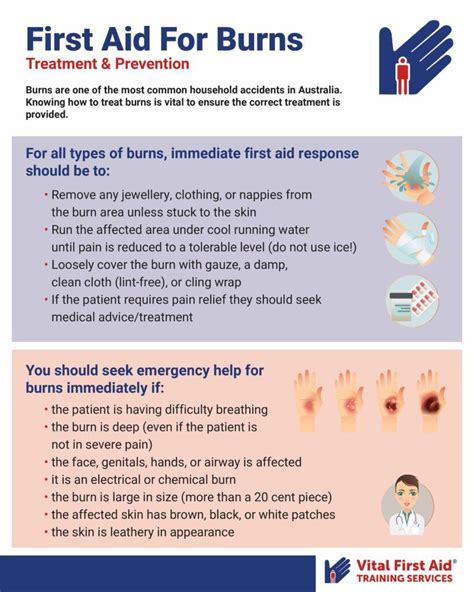
Types of Burn Treatment
There are several types of burn treatment options available, including topical creams, dressings, and surgical interventions. Topical creams, such as silver-based creams, can help to prevent infection and promote healing. Dressings, such as hydrogel dressings, can help to keep the wound moist and promote healthy skin growth. Surgical interventions, such as skin grafts, may be necessary for more severe burns to repair damaged skin.Home Remedies for Burns
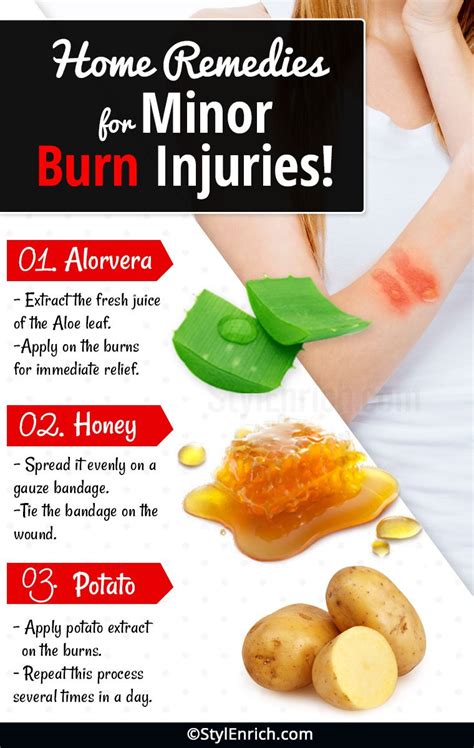
Natural Remedies for Burns
Natural remedies, such as aloe vera gel, coconut oil, and honey, have been used for centuries to treat burns. These remedies can help to soothe and calm the skin, reducing pain and inflammation. Aloe vera gel, for example, has anti-inflammatory properties that can help to reduce redness and swelling. Coconut oil has antimicrobial properties that can help to prevent infection. Honey has antibacterial properties that can help to promote healthy skin growth.Medical Treatment for Burns

Surgical Interventions for Burns
Surgical interventions, such as skin grafts, may be necessary for more severe burns to repair damaged skin. Skin grafts involve taking healthy skin from another part of the body and transplanting it to the affected area. This can help to promote healthy skin growth and reduce scarring. In some cases, multiple surgeries may be necessary to achieve optimal results.Preventing Infection in Burns
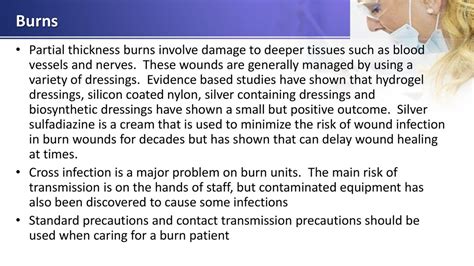
Signs of Infection in Burns
It's essential to recognize the signs of infection in burns, including increased redness, swelling, and pain. A foul odor, pus, or discharge from the wound can also indicate infection. If infection is suspected, medical attention should be sought promptly to prevent serious complications.Promoting Healthy Skin Growth
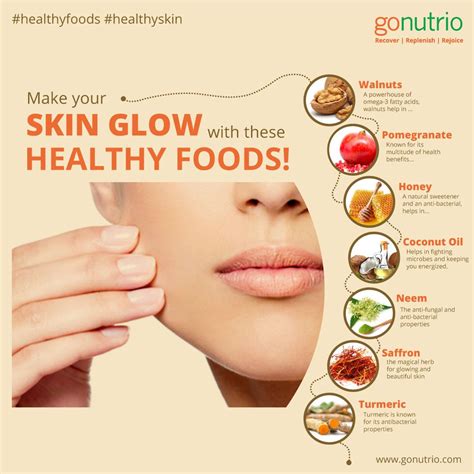
Nutrition and Burn Healing
Nutrition plays a crucial role in burn healing. A healthy diet, rich in vitamins and minerals, can help to promote healthy skin growth and reduce the risk of infection. Protein, vitamin C, and zinc are all essential nutrients that can help to promote healthy skin growth. A balanced diet that includes a variety of fruits, vegetables, whole grains, and lean proteins can help to support the healing process.Minimizing Scarring
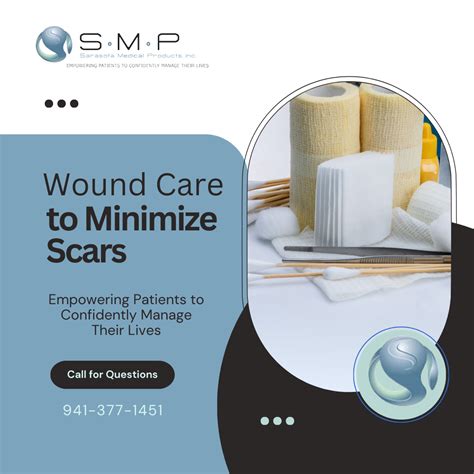
Scar Management
Scar management is an essential aspect of burn treatment. Scar management involves using topical creams and dressings to minimize scarring and promote healthy skin growth. Silicone gel, for example, can help to reduce scarring by flattening and softening the scar tissue. Massage therapy can also help to minimize scarring by breaking up scar tissue and promoting healthy skin growth.What are the different types of burns?
+Burns are classified into three main categories: first-degree, second-degree, and third-degree. First-degree burns are the mildest and only affect the outermost layer of skin, causing redness, swelling, and pain. Second-degree burns, also known as partial-thickness burns, affect both the outer and underlying layers of skin, leading to blisters, redness, and swelling. Third-degree burns, also known as full-thickness burns, are the most severe and extend through all layers of skin, causing charred skin, white or leathery skin, and a lack of sensation.
How can I treat minor burns at home?
+For minor burns, cool compresses, topical creams, and over-the-counter pain medications can help to alleviate symptoms and promote healing. Aloe vera gel, coconut oil, and honey are all natural remedies that can help to soothe and calm the skin. It's essential to keep the wound clean and dry to prevent infection.
What are the signs of infection in burns?
+The signs of infection in burns include increased redness, swelling, and pain. A foul odor, pus, or discharge from the wound can also indicate infection. If infection is suspected, medical attention should be sought promptly to prevent serious complications.
In conclusion, healing burns quickly requires a comprehensive approach that includes proper treatment, prevention of infection, and promotion of healthy skin growth. By understanding the different types of burns, their severity, and the most effective treatment options available, individuals can reduce the risk of infection, promote healthy skin growth, and minimize scarring. We encourage readers to share their experiences and tips on healing burns quickly in the comments section below. Additionally, if you have any questions or concerns about burn treatment, please don't hesitate to reach out to a medical professional for guidance. By working together, we can promote healthy healing and reduce the risk of complications associated with burns.
